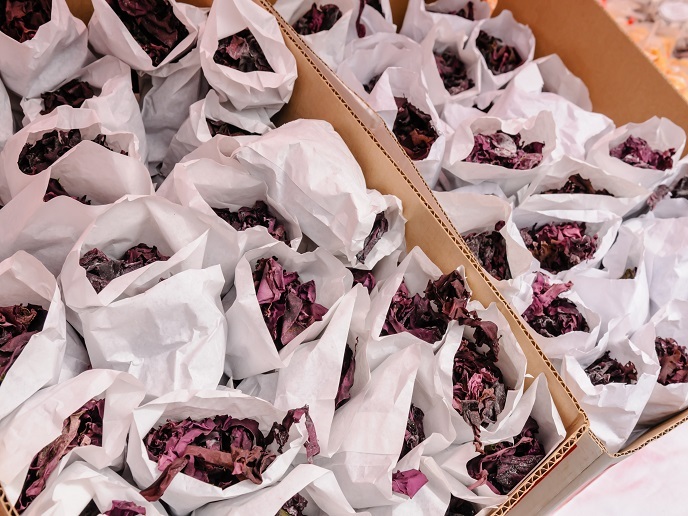Historical data reveals effect of fishing on ocean food webs
As part of the Marie Skłodowska-Curie Individual Fellowships grant scheme, the EU-funded Horizon 2020 FIMAF project addressed this challenge by investigating how the trophic position of three species: saithe, cod and haddock has changed in response to changes in fishing pressure over the last 50 years. These top predators live in different habitats in the ocean. Researchers studied how high in the food web an individual fish was feeding (trophic position) and the energy source (such as phytoplankton) at the base of the food web. The work was conducted on the Faroe Shelf in the northeast Atlantic Ocean. Scientists used stable nitrogen and carbon isotopes in protein to determine the trophic position of the fish. “The organic matter of the prey is incorporated into the predator’s body. The isotopic signature of this organic matter is also transmitted to the predator, according to the proportion of this prey within the diet and based on the trophic enrichment factor,” says project coordinator Prof. Peter Grønkjær. Long-term changes recreated A lack of historical soft tissue samples meant researchers needed to reconstruct the historical trophic position of the fish by performing stable isotope analysis on the tiny amount of protein contained in calcified structures in the fish’s inner ear, known as otoliths. Because otoliths have been collected for over a century as part of regular fishery surveys, scientists can go back in time to explore the structure of historical food webs. Researchers succeeded in recreating the long-term changes in the position in the food web (trophic niches) of fish species experiencing different degrees of fishing pressure and living in different habitats within the marine environment. These data enabled the scientists to model the relationships between any changes in the trophic niche with the level of fishing activities occurring in the region during this period. “Modelling these correlations also allowed scientists to explore the effects of climate forces on trophic niches to provide an exhaustive understanding of the effects of environmental changes on food webs,” explains postdoctoral researcher Dr Charlotte Sirot. Improved fishery management Results revealed for the first time that cod, haddock and saithe have all experienced changes over time in their trophic niche since 1950. “This suggests that the effects of environmental changes, through fishing activities or climate are pervasive throughout the different feeding habitats,” Dr Sirot observes. However, the key result of FIMAF is the strong correlation of fishing activities (proxied in this study by the fishing mortality) and climate forces (and especially through the Atlantic multidecadale oscillation) on the long-term modifications of the trophic niches of the three species studied. Ecologists can use these data and the methodology to expand this approach to other species and create an even more detailed picture of the changing marine food webs. Knowledge of the hidden effects of fishery on the structure of food webs will therefore provide crucial information to decision makers in fisheries management and legislation from EU government authorities, national committees and local practitioners. “A properly executed analysis may act as an early warning signal of changes in marine ecosystems,” concludes Dr Sirot.







